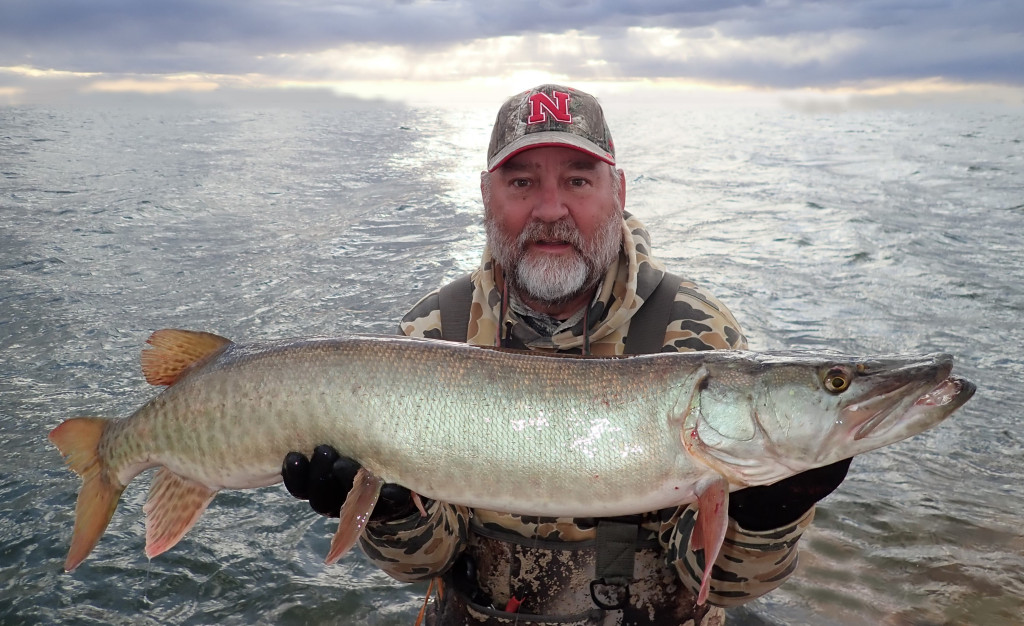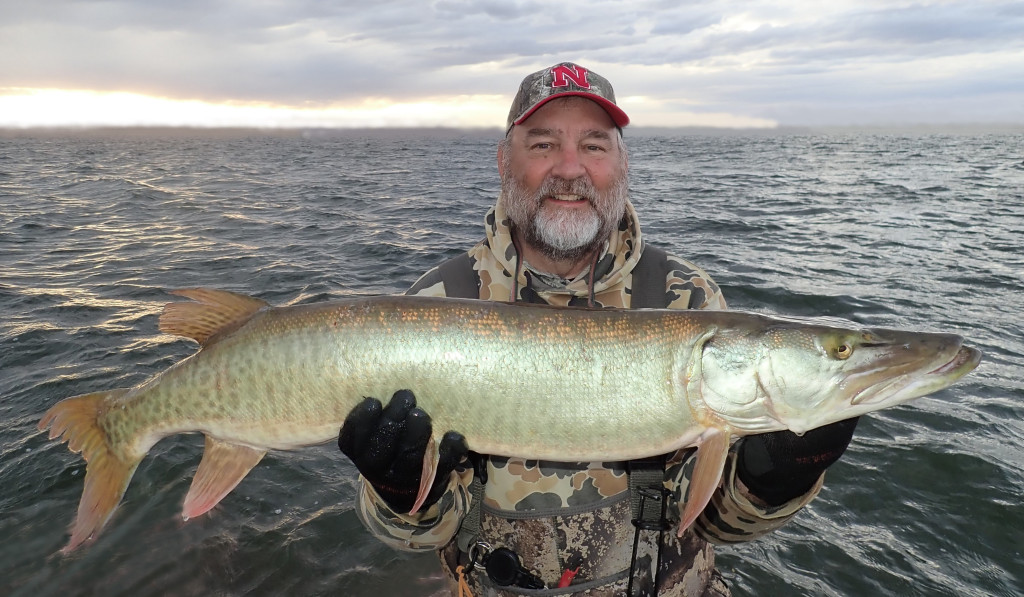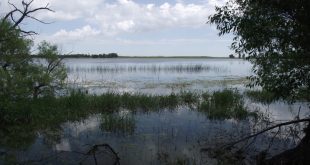Before I get to the point of this blog, let me post the disclaimer. . . .
“My name is Daryl, and I have a fishing tackle problem.” Yes, I have just as much fishing tackle as any, probably more than most.
I had to laugh earlier this summer. Driving down a street I saw a garage sale sign that said “Huge Selection of Fishing Tackle”. Of course I had to drive by, in fact, drove by once, then turned around and drove by again. “Huge Selection of Fishing Tackle”????? I had more fishing tackle riding with me in my vehicle than they had at the entire garage sale.
I have joked that my tackle box is in a trailer:
Not joking, I do not ask anyone to carry my tackle box. You might herniate yourself just picking it up.
Having said that, I do not purchase much fishing tackle anymore. Most of my tackle purchases involve the replacement of baits that I have lost or worn out. I carry a variety of baits for a variety of presentations in my tackle box. I am always on the lookout for new baits, but most of the time I am NOT rushing out to buy the latest, greatest “hot” bait. Oh sure, I probably have as many of those baits in my box as the next guy. I also have a pile of them in the basement that I purchased and now seldom, if ever, use.
I have learned over the years to think of fishing baits as “tools”. Every bait or lure ever made will catch fish if used at the right time and the right situation. Honestly, when you walk down the aisles and aisles of fishing tackle at your favorite outdoor store or tackle shop, all of those items on the pegs are there to catch fishermen! Oh sure, they will catch fish, like I said, at the right place at the right time, but to sell baits they need to catch fishermen. And, they do!
So, what is the “right tool”?
It starts with the fish being pursued and the waterbody being fished. Different baits will work best in different conditions. You have to have some understanding of the species of fish you are trying to catch and the habitat in which it lives. Know that and you can select the baits that will be most likely to work at that time, in that place.
I am old enough to have learned from the early teachings of Fishing Facts and In-Fisherman magazines. I am old enough to have read the fundamentals taught by Buck Perry. If you are familiar with those basics, you know the correct fishing presentation, the right tool, begins with depth and speed.
How deep are the fish?
Generally, if the fish you are pursuing are in 25 feet of water, a presentation that is only down 5 feet is not going to be close enough to the fish to get bit.
How fast, or slow, do you need to fish to get a bite?
Again, generally, actively feeding fish will respond to faster presentations that will allow you to cover more water and put your bait in front of more fish. On the flip side, the more negative the feeding mood, the slower and more natural you will need to fish in order to elicit a bite.
Every trip, every day on the water, is an experiment in those variables. Every fishing trip is a series of trials-and-errors, educated guesses, until you get it right and catch fish. Or, until you run out of time and go home skunked.
If you think in those terms, you can begin to recognize why some of your favorite baits work on the waters you frequent. And, you might realize that in any given situation, there are a handful of baits and presentations that will cover it. You do not necessarily need the latest and greatest hot bait being promoted by the tournament jocks.
Having said that, keep an open mind! Different approaches, different presentations can work in the same situations. We all have our favorite baits and presentations, confidence baits. We are more likely to keep fishing those baits until we catch fish. It is likely that we also have mastered the technique of fishing those confidence baits. However, being flexible, adaptable, able to effectively present several different types of baits, will make you more successful in more situations. Always look for new tricks you can learn (yes, I am talking to you old dogs)!
There are new baits that I have rushed to purchase when I first learned of them. However, I did my homework to know how those tools would work (e.g. how deep? how fast?). The new baits I rush to purchase are those that I know will work in situations I fish. I have specific situations in mind when I make those choices. Usually, when I wander down the aisles of fishing tackle, I am looking for specific baits.
One other thing I will mention: I always have fish’s lateral line in mind when I am deciding what new baits I gotta have (Can You Feel Me Now?).
Oh, and notice I have not said a word about colors.
Let me finish with a story. . . .
I bought a new muskie bait last Christmas. If you really want to fine-tune your lure selections and purchases, take up muskie fishing. The baits I was buying cost $20-some dollars EACH. I did some homework, found a bait that I was sure would work, found some custom colors available at Christmas time, bought one for myself, one as a Christmas gift for my son.
So, as I started muskie fishing this year, I had a new bait sitting in my box. I was “jonesing” to use it, right?
No, not at all. Oh sure, I had put it in the water. Cast it just enough times to know how deep it ran and at what speeds it worked best. Then I put it away because it ran a little too deep for the places and times my son and I were fishing.
Then, one afternoon, we fished a spot that was a little deeper. It looked good, everything seemed right, but we could not raise a fish. Before we bugged out for the next spot, I tied on the new bait. It was a deeper structure, and that new bait ran deeper–might be the right tool for the job?!
It took less than a dozen casts:
40 inches. Got pictures and turned her loose.
You know you really got it right when less than another dozen casts later:
39 inches.
Love it when a plan comes together!
 Nebraskaland Magazine
Nebraskaland Magazine






